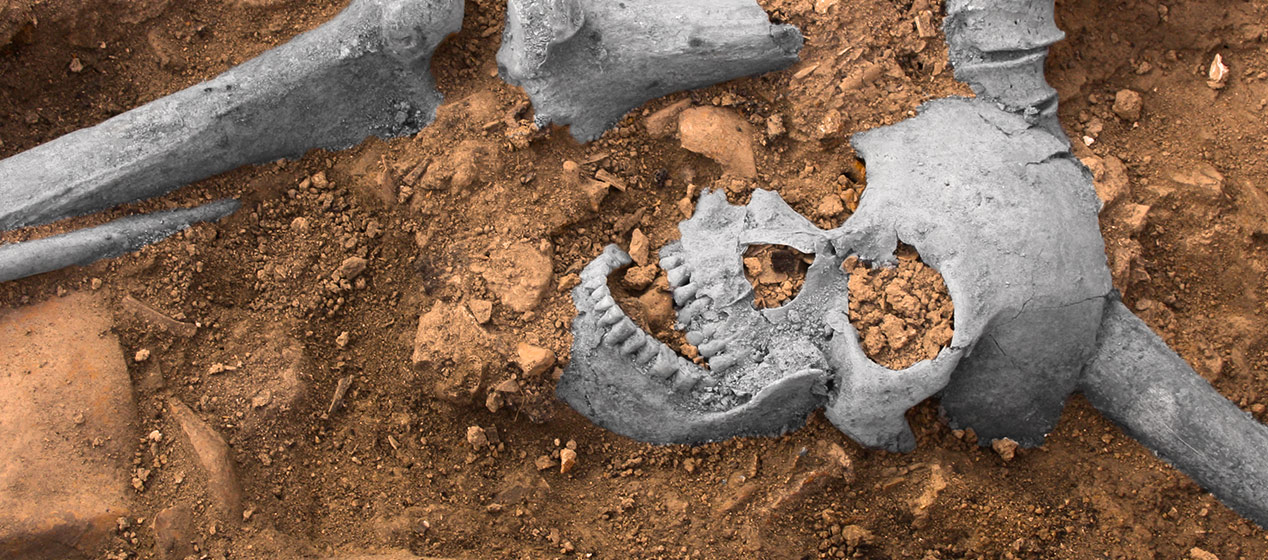The subsurface of Temple Mount, Jerusalem
The fall of Muslim Jerusalem to the Muslims 1098
In the Crusader story, a strange event just prior to the conquest of Jerusalem by the Crusader army in July 1099, seems to be scarcely mentioned. This is the taking of Jerusalem from its Muslim Seljuk Turkish ruler (since 1073) by the Muslim Fatimid rules of Egypt.
The summer of 1098 saw the much-fought-over fortress city in Egyptian hands. The Fatimid Emir (commander) al-Afdal Shahinshah had taken Jerusalem from the Seljuk Turks after a 40-day siege, on orders of Vizier (minister of state) al-Musta’li, ruler of Egypt.
The summer of 1098 saw the much-fought-over fortress city in Egyptian hands. The Fatimid Emir (commander) al-Afdal Shahinshah had taken Jerusalem from the Seljuk Turks after a 40-day siege, on orders of Vizier (minister of state) al-Musta’li, ruler of Egypt.
Making the Crusades possible: craft, trade and organisation
The agricultural revolution described in an earlier blog resulted in a change in the land use that allowed the subsistence farmer to go with his surplus crop to the market, originally at the local church, to buy and sell.
Genetic Admixture from the Crusaders in the Near East
During the medieval period, hundreds of thousands of Europeans migrated to the Near East to take part in the Crusades, and many of them settled in the newly established Christian states along the Eastern Mediterranean coast. This changed the genetic codes of the region.
Subscribe to:
Posts (Atom)



